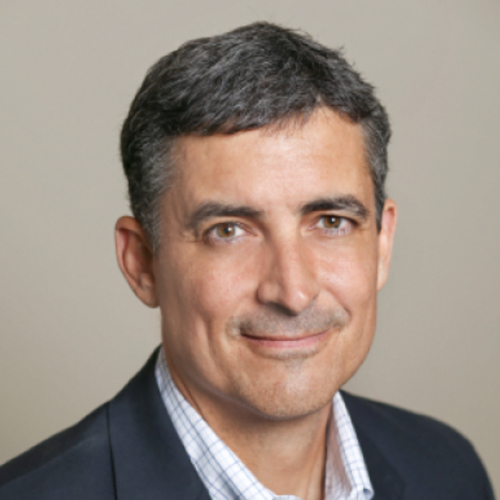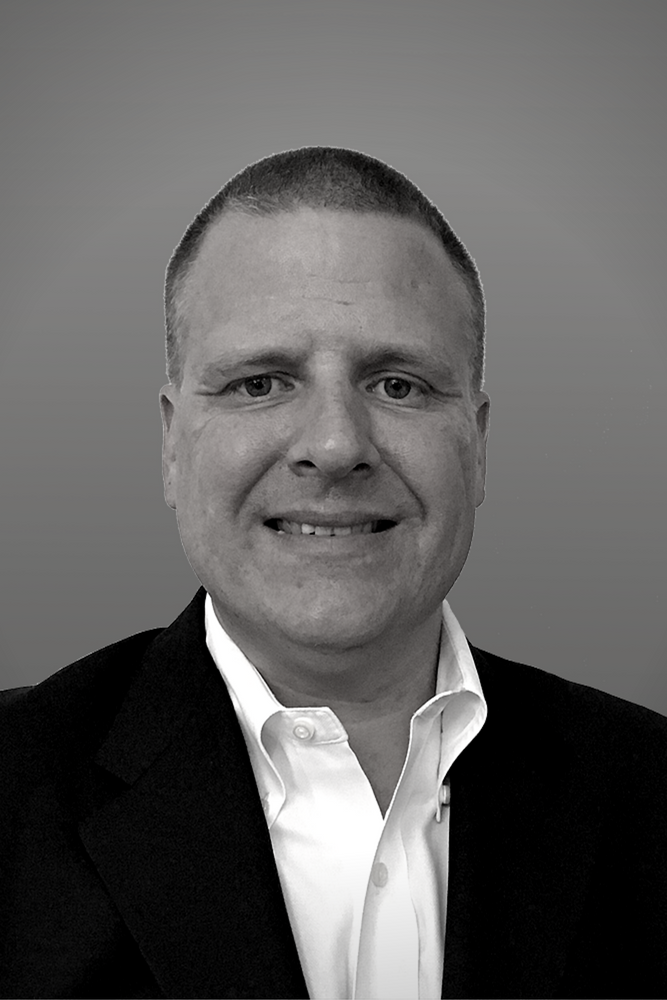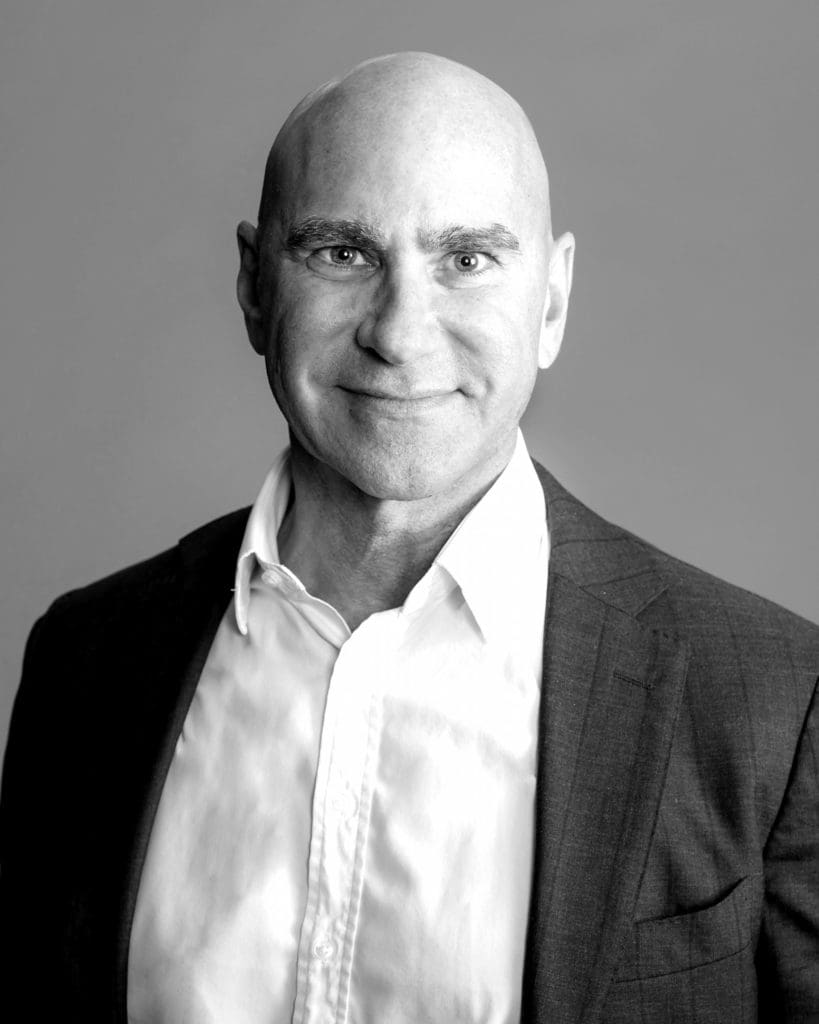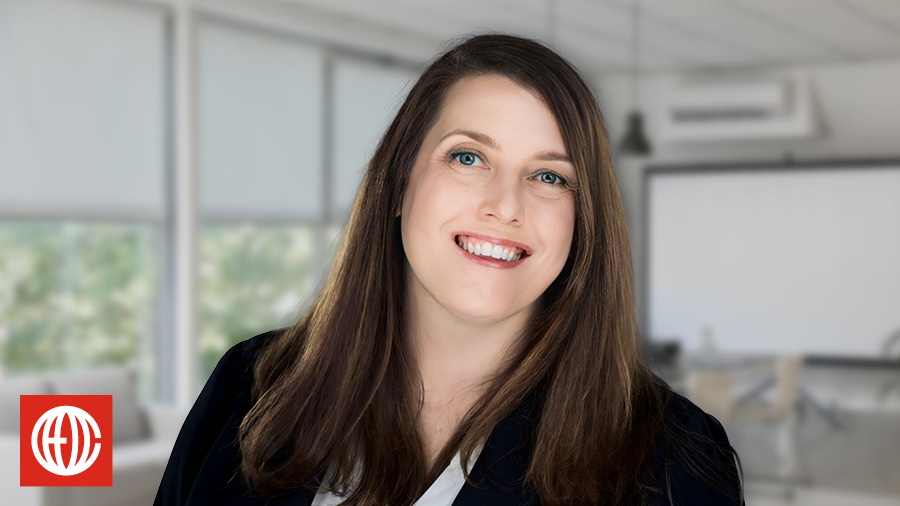Even if your team is heading back to the office, your customers might still be hunkered down at home. Your online business could make or break your total business for the foreseeable future. That means your tech stack, your best practices, and your team have to be reconfigured if you want to keep making BIG happen.

Craig Coleman held an expert panel on: Virtual marketing approaches in a COVID/post-COVID landscape.
Joining Craig on this expert panel were:
Erik Huberman, CEO of Hawke Media, a digital agency that functions as a full-service outsourced CMO for its clients.
Bruce Clay, CEO of Bruce Clay, Inc., a SEO firm that’s been growing businesses along with the internet since 1996
Mike Morris, a coach at CEO Coaching International and an expert in high-volume customer acquisition and lead generation. Mike was formerly the Head of Customer Acquisition at Grasshopper.
Jaime Cohen Szulc, a coach at CEO Coaching International. Jaime is a former C-level executive at Goodyear, Kodak, and Levi Strauss who’s led many successful marketing and brand transformations during his career.

Cut through the noise to find your new customers.
In a very basic sense, the playbook for high-volume customer acquisition and lead generation hasn’t changed. You still have to understand the channels that reach customers most effectively and optimize those channels.
What’s different in 2020 is just how cluttered your customers’ channels are right now, and will continue to be as we head into November.

“Mass media marketing can be a challenge in times like this,” notes Mike Morris. “It’s very hard to advertise in mass media during a presidential election because people become very polarized. They just sort of check out. They don’t want to hear any more ads, and the politicians buy up all the space. This Covid-19 environment creates something similar in that the news is flooded with things that, frankly, people may not want to even listen to anymore. So, if you’re spending a ton of money on radio or TV you may not see that ROI. You need to make sure you have a solid mechanism to understand what your return is.”
Erik Huberman notes that in addition to rising above that din, your marketing strategy should also reexamine preconceptions about your customer base.
For some companies, the pandemic has changed who their ideal customer is. “We have a client that their most saturated customers were young women in metropolitan areas, mostly in the hospitality industry. They don’t have any money anymore. They’re all furloughed, laid off, etc. The client had to change their target customer. You may have to test brand new creatives. Whatever your value proposition was before may not be a value proposition anymore. So, changing your creative, changing your platform, changing your target audience. You have to, basically, act like a startup all over again from a marketing standpoint,” says Erik.
As you kickstart this new phase of your marketing, it’s also important to find the right balance between staying relevant and oversaturating your audience with the same information. If you feel like you’ve been talking about nothing but Covid since February, so do your customers. Steering around Covid fatigue doesn’t diminish the seriousness of the issue; perpetuating that fatigue could be hurting your brand.
“When Covid arrived there was such an appetite for information that it became a unicorn and everybody was just fascinated by it,” says Bruce Clay. “After a while I think Covid became a little bit like security: everybody wants to know about it but nobody wants to need it. I’m actually having our clients rewrite things that were about Covid, or remove them, because it’s just a distraction and a negative connotation for their brand. Their message can be good but they were using bait based upon an interest that has now become a negative issue.”

Optimize your online rankings and presence.
Every company is trying to improve their SEO business right now … including Google. All those struggling hospitality and entertainment businesses aren’t buying ads they way they were last year. Google is making up for lost revenue by adjusting how its search results work. Understanding the mechanisms behind those searches is critical for CEOs who want to get the most bang for their buck out of SEO optimization.
Notes Bruce Clay, “In some industries, Google has changed the format of their result page so that if SEO is performing well, and you’re even number one, in some cases your click-through rates drop to below 30%. Google has to make their money too, and the overall number of queries may have dropped, or the number of people clicking on ads may have dropped, or the number of advertisers may have dropped. So, we’re fighting the fact that SEO firms are in the traffic business. We’re not in the ranking business. Ranking is a precursor to traffic, but it’s a little bit more difficult to rank as things mature, and as Google’s business model changes. We want to get the traffic at the best rate, and when you look at the price performance ratios, SEO is triple effective compared to even pay-per-click.”
“Really think about your business,” advises Erik Huberman. “Google and Facebook are still the two best places to drive traffic online. The difference is Facebook is about creating new demands. Google is about answering existing demand. So, if you have a product that serves a need and people are actively looking for your solution, Google is going to be the best. Facebook is really tough because it doesn’t have a timing factor. So, if you’re trying to solve a timed need like marketing help, then Facebook becomes difficult. But with Facebook you don’t need to wait for someone to have demand, so you can create demand and drum up new demand if customers didn’t even know your product existed. That’s really the way to balance between those two.”
Making sure you rank high enough for customers to find you is only the first half of the equation. The other half is making sure it’s easy for them to buy from you. Service-based industries might get by with their own digital storefronts. But when customers are looking for products, they’re searching on major retail sites.
“If your brand is already on Amazon.com or Walmart.com, this is the time where there are a ton of possibilities for you to increase your conversion ratio,” says Jaime Szulc. “Amazon’s conversion ratio is about 3.5 to 4 times higher than Walmart.com, for example. There are reasons for that. There are programs that they do. So, how do you put yourself out there with a lot more efficiency and efficacy? I’m seeing brands that are going anywhere from 50% to 500% increases just by being more efficient on some of those platforms.”
Bring your community together online.
Remember those first Zoom conference calls you made at the beginning of quarantine? All that stopping and starting, tripping over other speakers, bloated agendas that made it difficult to hold the room’s attention?
Now, after a few months of practice, many of our clients tell us they’re moving through certain meetings more effectively online than they ever did in person.

The same is starting to be true of online events. The more you host webinars or virtual social hours, the more comfortable you’re going to get with the format. Couple a well-produced event with targeted marketing and CEOs have some BIG opportunities for cost-effective prospecting.
“Three weeks after we got shut down we had a conference,” says Erik Huberman. “We throw them monthly and the biggest in-person attendance we’ve ever had was 610. Our quarantine conference online was 4,200. No barrier to entry, no limitations of geography. It’s a lot easier to reach people. I think the big thing right now is to figure out how to make it more engaging. I don’t mean ‘engaging’ like ‘I’m waiting for it in my seat,’ but I mean actually interacting with each other, the networking aspect, the true active aspect that you get when you go to a conference.”
Engagement was also a key to improving video conferences. Many of the same techniques, like polling, calling on participants, and soliciting questions, can make your virtual events feel more interactive as well.
But the shift to virtual events also requires an infrastructure review. If you’ve mastered your KPIs and your conversion rates, you should have a pretty good idea of how many leads your in-person events generated. What’s going to happen if your virtual headcount is 10X?
Bruce Clay says, “I would do conferences and I’d have 200 people in my audience for my sessions. I could figure out how to work that audience, and it was planned, and it was easy. One of my conferences just did an online event. I had over 2,200 people in that session. There is no way my company can handle 2,200 potential leads. The scalability totally changes when you go online because you’re no longer geographically limited. You’re no longer limited by travel, or hotels, or venue limitations. I’m in the process now of trying to figure out how to hire a bunch of salespeople because I’m getting way more leads than I can handle because it’s switched to online.”
Call in the pros you need.
members to get up to speed?
If you skimp on professional digital marketing and platform building, you could end up throwing good money after bad on ineffective ad buys and outdated infrastructure. Whether you need to make a new hire or partner with a new marketing firm, make sure you’re connecting with the best people for the task at hand, not just the most affordable.

“Have they taken a company from where you are now to where you want to be in a couple years?” asks Erik Huberman. “If you want to win a Super Bowl build a team of Super Bowl winners. It’s that simple. Agencies should have some experience in what you’re trying to accomplish. They shouldn’t be learning on your dime.”
“It’s all about insights,” says Jaime Szulc, reflecting on how Levi’s narrowed its use of outside agencies during his time as CMO. “How do you find people who have proven themselves in terms of identifying those insights and making that work? An agency that can really evaluate the data, that can really understand what your business is about and take insights that are practical and actionable, that’s a very hard thing to find. A lot of those big agencies out there, the founders were very successful. But then when it comes to the account level how do you get the right people who are going to help you find those insights?”
The simple answer to these vital questions is: hire the best. If you still have a college intern running your social media on the cheap, it’s time to upgrade that position.
But it’s important to remember that none of the strategies Craig and the panel covered on this webinar will turn your business around overnight. A successful online pivot isn’t just a matter of rebuilding your website and hiring the best marketing team you can find. It’s an ongoing process that you and your leadership team will have to keep monitoring, measuring, and adjusting for the next several months.
“When you’re starting out in digital, you’re basically buying your traffic to start,” says Mike Morris. “You’re going to buy traffic to test things like your website, your conversion rate. You buy yourself enough data. Don’t have great expectations about the results you’re going to see at first because, frankly, if you’re really new to this you have no idea what conversion’s going to be like, what the purchase cycle is like. Don’t think it’s a quick gold mine. Don’t think, ‘I’m going to put up a website, I’m going to run some ads and the money’s going to flow.’ It doesn’t really work that way. Like anything else it takes time.”
About CEO Coaching International
CEO Coaching International works with CEOs and their leadership teams to achieve extraordinary results quarter after quarter, year after year. Known globally for its success in coaching growth-focused entrepreneurs to meaningful exits, CEO Coaching International has coached more than 1,000 CEOs and entrepreneurs in more than 60 countries and 45 industries. The coaches at CEO Coaching International are former CEOs, presidents, or executives who have made BIG happen. The firm’s coaches have led double-digit sales and profit growth in businesses ranging in size from startups to over $10 billion, and many are founders that have led their companies through successful eight, nine, and ten-figure exits. Companies working with CEO Coaching International for two years or more have experienced an average revenue CAGR of 31% (2.6X the U.S. average) and an average EBITDA CAGR of 52.3% (more than 5X the U.S. average).
Learn more about executive coaching | Meet our world-class coaches





